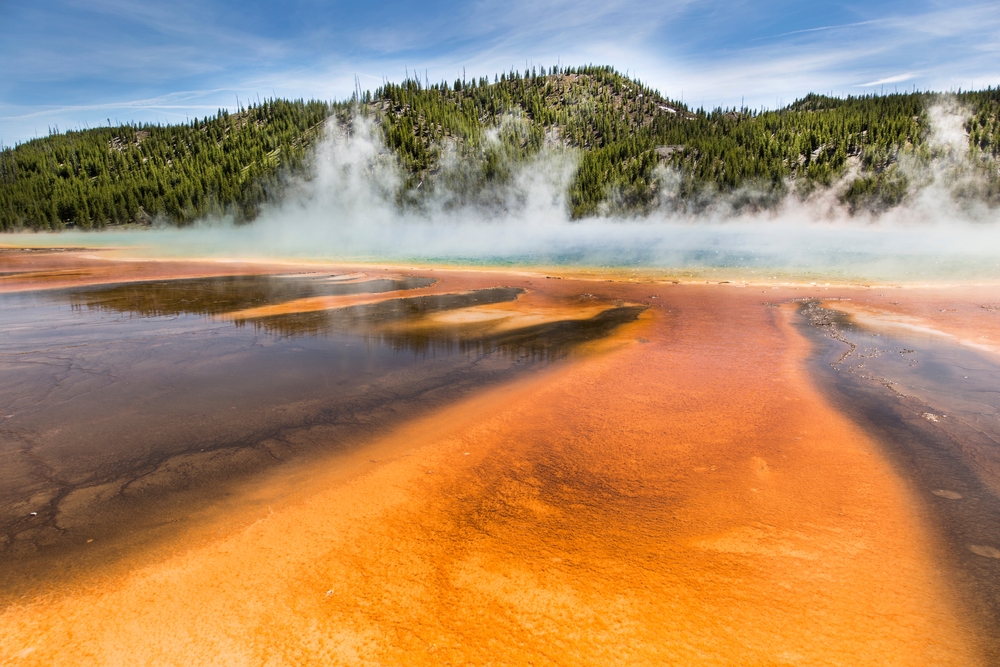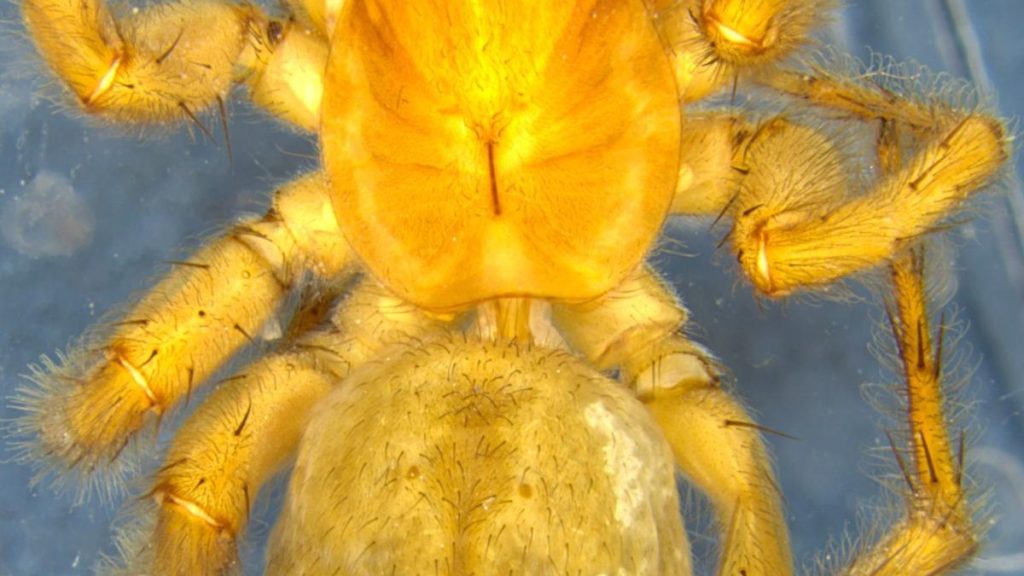Now Reading: Yellowstone Hot Springs: A Haven for Ancient Microbes
-
01
Yellowstone Hot Springs: A Haven for Ancient Microbes
Yellowstone Hot Springs: A Haven for Ancient Microbes

Quick Summary:
- Microbial studies in Yellowstone National Park focus on thermophilic organisms that thrive in extreme hot springs environments.
- Researchers from Montana State University analyzed three microbes: Aquificota (Thermocrinis), Pyropristinus (Caldipriscus), and Thermoproteota (Pyrobaculum) found in Conch Spring (low oxygen) and Octopus Spring (high oxygen).
- Differences between the springs’ geochemical compositions allowed researchers to observe how these microbes adapt to varying oxygen levels, revealing insights into how early life evolved under similar conditions before EarthS Great Oxidation Event (~2.4 billion years ago).
- microbes from low-oxygen Conch Spring highly expressed respiratory genes better suited for this habitat, while higher oxygen content at Octopus Spring supported a greater variety of microbial life adapted for aerobic processes.
- The findings highlight Yellowstone’s importance as an irreplaceable research site, where understanding ancient biological mechanisms helps clarify human evolutionary history.
Indian Opinion Analysis:
The study of extremophiles living in yellowstone’s hot springs has implications not only for understanding Earth’s biological history but also for planetary science and potential extraterrestrial ecosystems. For India’s scientific community, such research underscores the importance of protecting natural habitats rich in biodiversity like its own geothermal areas or unique ecological zones such as Andaman’s hydrothermal springs or Himalayan cold deserts. These environments could offer similarly innovative possibilities for studying microbial evolution under extreme conditions.
India should consider advancements following global trends by investing more deeply into multidisciplinary explorations combining biology, geology, and climatology-fields that help tap into nature’s underlying lessons about survival strategies applicable even beyond our planet’s scope.




























